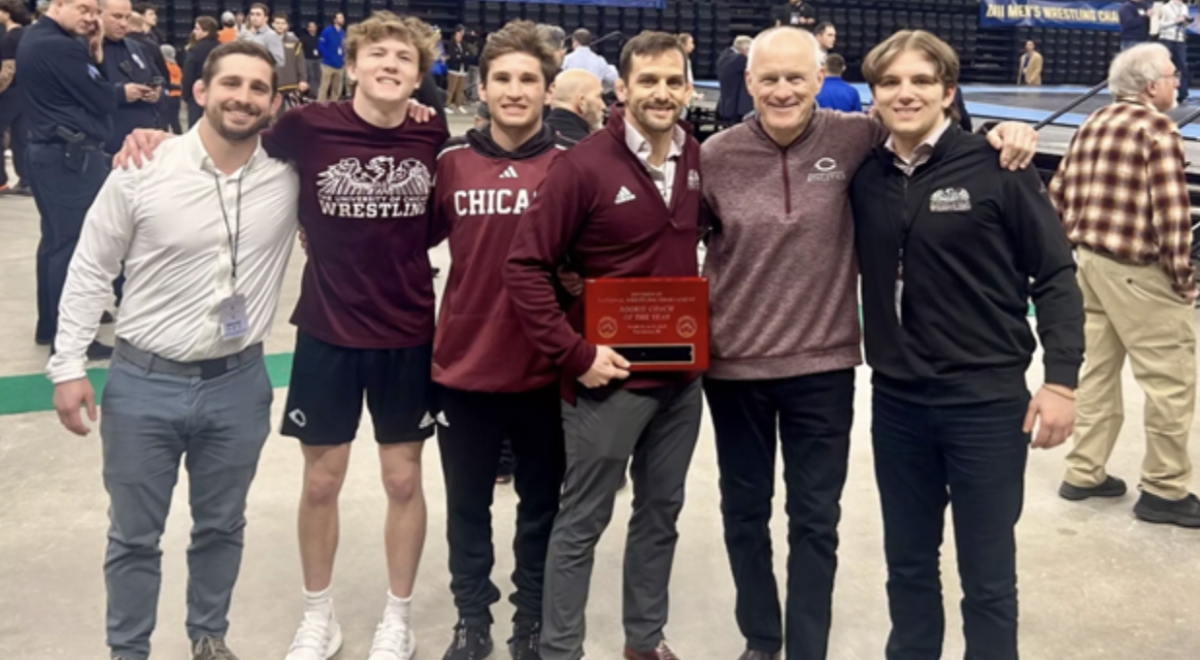A friend of mine was walking the edge of the treeline, his dog out in front of him. I was in a field of withered sunflowers. There was a pheasant nearby. We knew because Jesse, my friend’s beagle-spaniel mutt, was getting “birdy.” Then I saw a few sunflower stalks shake, but the wind wasn’t blowing. There was a flash of color–it was a big rooster pheasant and he was running for the woods. Instinct developed by millions of years of evolution went into overdrive. “Hey, city-boy, that’s your lunch running away! Go get him or the tribe won’t have anything to eat!”
I crashed into the forest. The leaves had fallen, but the brush and thorns had not yet been knocked down by snow and frost. The pheasant had an advantage here, since he was only about 18 inches tall and could scurry under the branches that tangled my arms and head. But the primordial predator-beast that lives in the base of my brain stem, far away from the centers of abstract reasoning, kept driving me through the thicket towards the bird. The rooster ran out into the field again, with me running along 10 yards behind him.
He went up in the air; I struggled out, got my shotgun to my shoulder when he was 30 yards out, and squeezed off a shot, but he turned as I was shooting, and I missed. He got away, over the treetops, and headed for the river. It was a scene that was repeated many times that day.
There were a lot of birds about, but it was warm enough that they were running ahead of us. They would flush at 30-40 yards, giving us shots that were doable but difficult. The bad news is that we only got one bird each, despite a lot of running and shooting. The good news is that there was extensive running and shooting; we were given a chase.
This is a moment when you belong to the same world as the wolf or the cat, you share the same instinct and all senses are sharpened and focused upon pursuit of food. A moment of sensory paradox, when you ignore the scraping of thorns and the ache of tired muscles while straining to hear rustling that’s not caused by wind or dog, eyes darting through the brush, seeking the bird, trying to guess where he’ll go up, trying to get in position for a shot. The shotgun which is sometimes held over the shoulder, especially late in the day after miles of walking, is now at the ready. The dog is wagging her tail furiously, she’s onto something. Then the bird jumps, he’s in the air and turning away, there are only seconds to track, aim, shoot, and if necessary, to pump and reload, shoot again. If he gets away, you can watch him and see where he lands, in order to chase him down. If you hit him, then you go get him.
My rooster flushed right between my friend and me. My friend aimed, and the bird went behind a tree, denying him a shot, but I had a clear lane of fire and I pulled the trigger. My shot hit the bird square in the chest.
After cleaning, I couldn’t prepare him as a roast, although I refuse to waste an animal, so he became stock for a hearty pheasant soup with onions and potatoes. Several hours later, as we were about to give up for the day, and were only 200 yards from the car, when Jesse kicked up the last bird of the day. It took off into the air about ten feet from my friend, and he knocked down a nice sized pheasant hen, which will probably become a roast on New Year’s Day. That last bit of excitement brought our trudging and chasing to a close. It had been a good day, we had been to the wilderness and back.








